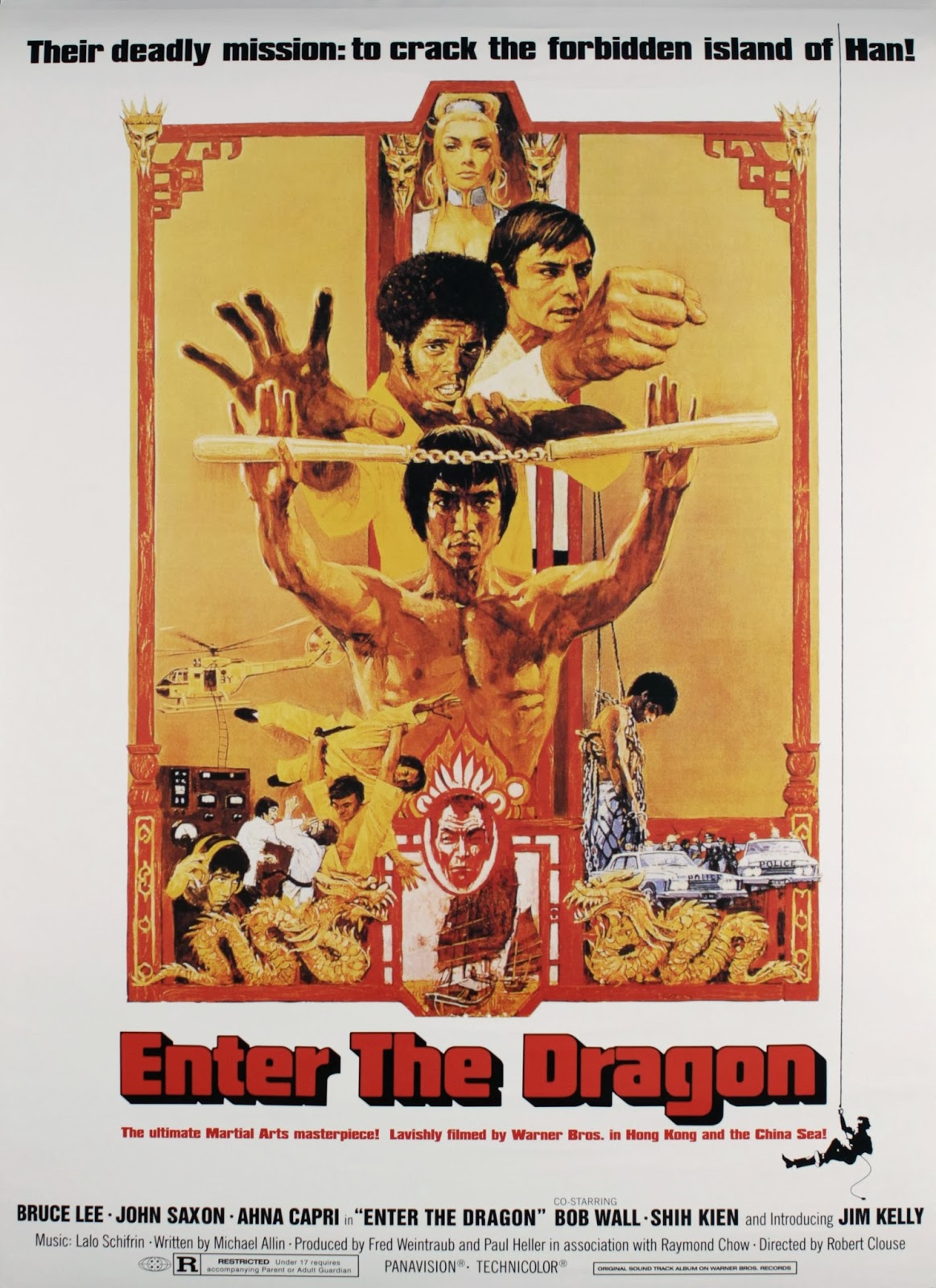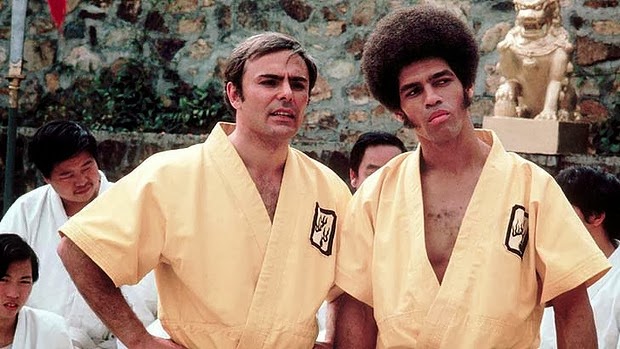 |
| © Prashant C. Trikannad |
“My spine is hurting,” the paperback said from the bed. “I think I may have torn something.”
“A page or two, perhaps," said the hardback sandwiched between a Dostoyevsky and a George Eliot on the bookshelf. "What happened?"
“Slept badly, I guess.”
“Wide open and face up, or down?” the hardback inquired politely.
“Wide open and face down. That’s the third night in a row I've been mishandled. This morning I heard the birds singing outside the window and when I opened my eyes I couldn't see a thing. It was pitch black. I panicked. I thought I’d gone blind. And then, suddenly, there was a dazzling light. I saw that the housemaid had lifted the pillow.”
“So you spent the night under a pillow.”
“Yes, I did. To be honest with you, I actually liked it. It was cozy and warm. The pillow was white, clean, and smelled of lilies.
“Lilies?” the hardback raised his eyebrows. “Who did you say you were?”
“I never said who I was. Anyway, since you are asking now, the name’s Scruffy. And you are?
“The Mapmaker. I belong to Frank G. Slaughter,” the hardback said. “Why lilies?”
“Oh, I don't know, I like flowers.”
The hardback straightened up. “I know who you are. You are Paul Gallico’s, aren't you? The same fellow whose Poseidon Adventure short-changed you.”
“He did not short-change me!” the paperback said, indignantly. “I came way before Poseidon. Had it not been for the movie…”
“Are you feeling better?” The Mapmaker, who was also a peacemaker, quickly changed the topic.
“Why, what’s wrong with me?”
“You said your back was hurting.”
“Oh yes, I did, and it’s still hurting and that’s because I was lying open and spreadeagled all night. It’s easy for you stiff-backs. Look at Fyodor next to you, straight as a ramrod.”
The Mapmaker was about to say something nasty but let it pass. Instead, he said quietly, “Who’s reading you, Scruffy?”
“Some college kid who doesn't know how to read me or treat me. You’re fortunate his mother is reading you. She cares for you, doesn't she?”
“She certainly does, like she cares for her plants, her cats, her children, and her husband. So how does this kid treat you?”
“Well, last night and the night before and the night before that I was flopped over his sweaty and smelly face for like an hour, maybe more, and then he picked me up and shoved me under his pillow.”
“The same pillow that smells like lilies?”
“The same pillow. Thank god, the housemaid changes the cover every morning.”
“How much has he read of you?”
“Seventeen pages! Can you believe it? I’m only 288 and I’m very funny and he’s been at me for two weeks. Why doesn't the kid just give up on me?,” Scruffy wailed.
“Scruffy, 288 is a lot for a kid who hasn't read much. I mean, you're not the best or easiest of reads.”
“And I suppose you are, Mr. Mapmaker, with your navigational nose for latitudes and longitudes,” he snarled.
“Scruffy, I’m more than latitudes and…”
“That’s not all,” Scruffy cut in rudely. “Look at me, I’m torn, I’m dog-eared, I've been nibbled at, I’m shapeless, I've been scribbled all over, and I feel like I've been dipped in ketchup. This is NO WAY to treat a book or read a book,” he shouted hysterically. 'Tell me, Mr. Navigator, would you treat your maps like this?”
“I'm not just a navigator,” the Mapmaker hissed under his breath. He stared at Scruffy and muttered to himself, “Why am I talking to a monkey?” He folded up his jackets, rested his head against Eliot's shoulder, and closed his eyes.
© Prashant C. Trikannad, 2014
Note: For previous Reading Habits, see under Labels.

















